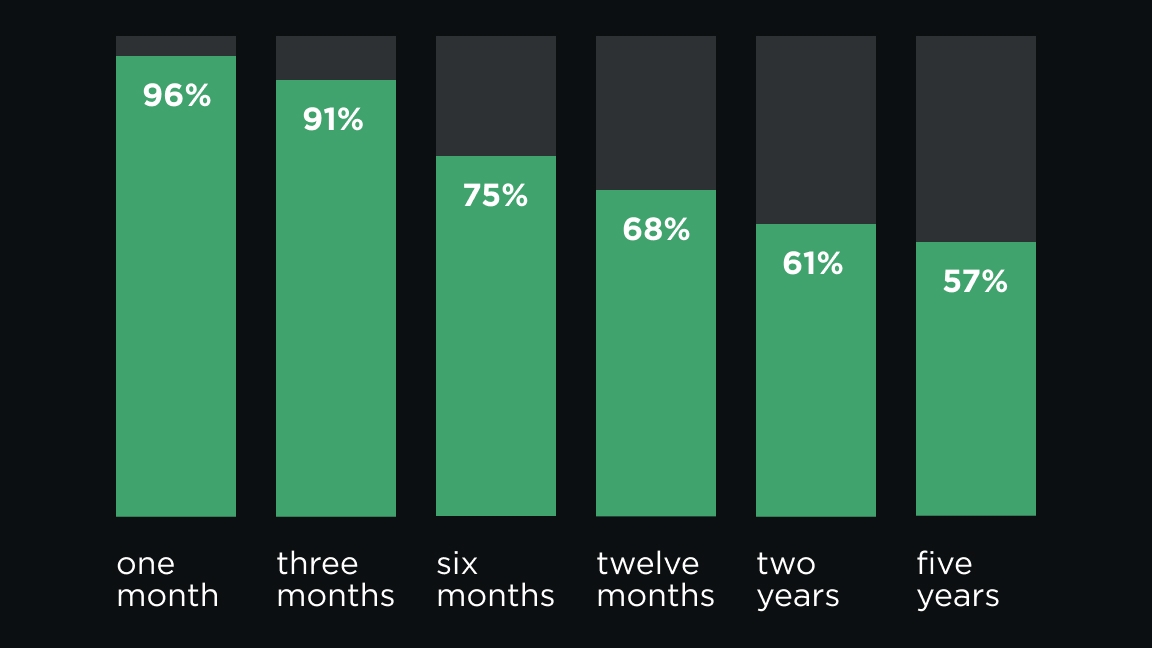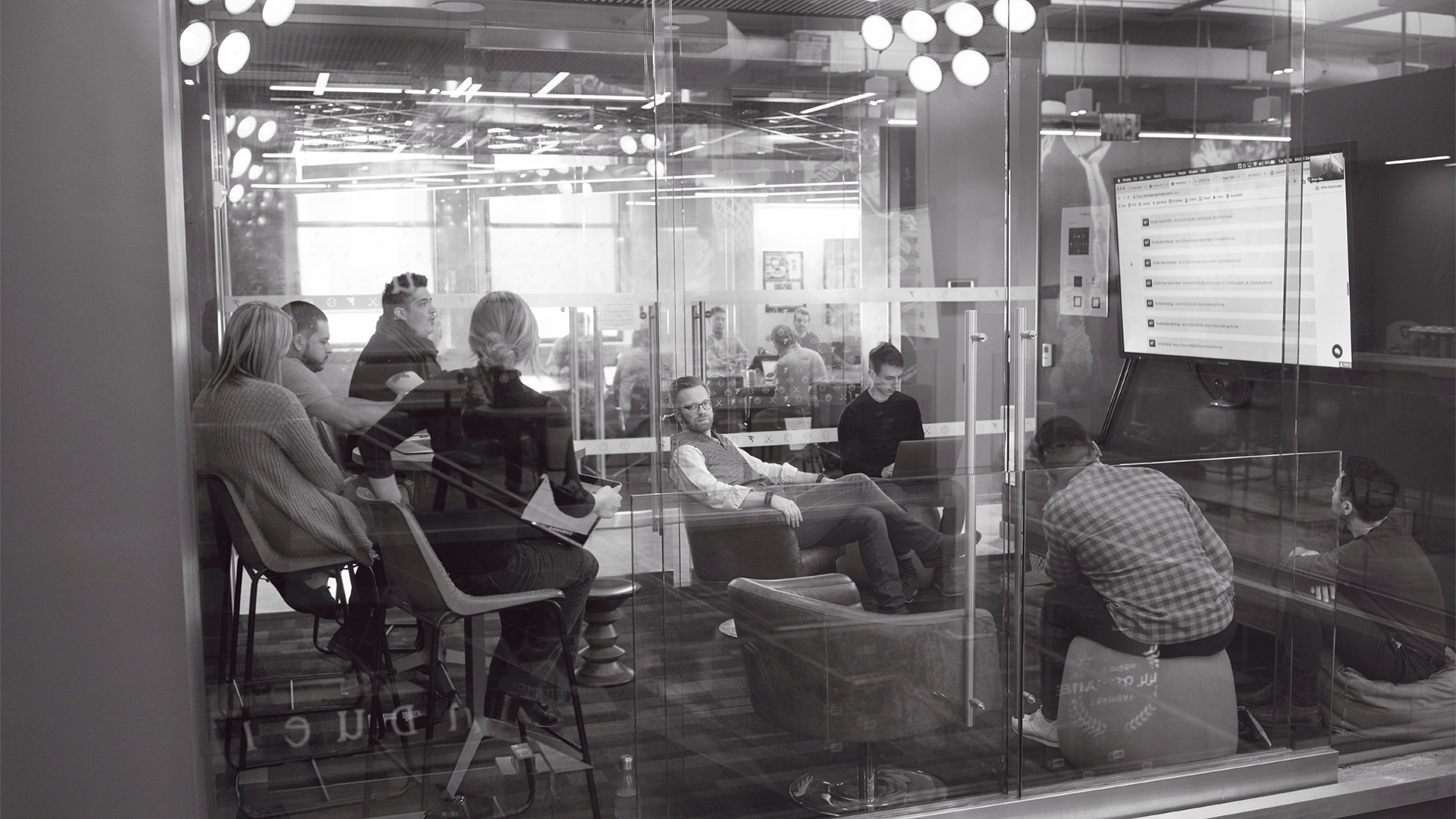Published: April 24, 2020
Controlling Costs and Strategic Investment
Small and medium-sized businesses (SMBs) are working hard to adapt to the current situation. They’re making strategic operational choices, including cutting costs, in order to invest in the long term success of their business.
Though a majority of SMBs continue to be hit with revenue losses since the start of the COVID-19 crisis, they are making intentional choices about cost cutting. Two thirds (66%) of those who cut costs in some way are confident these decisions will help them weather the pandemic.










